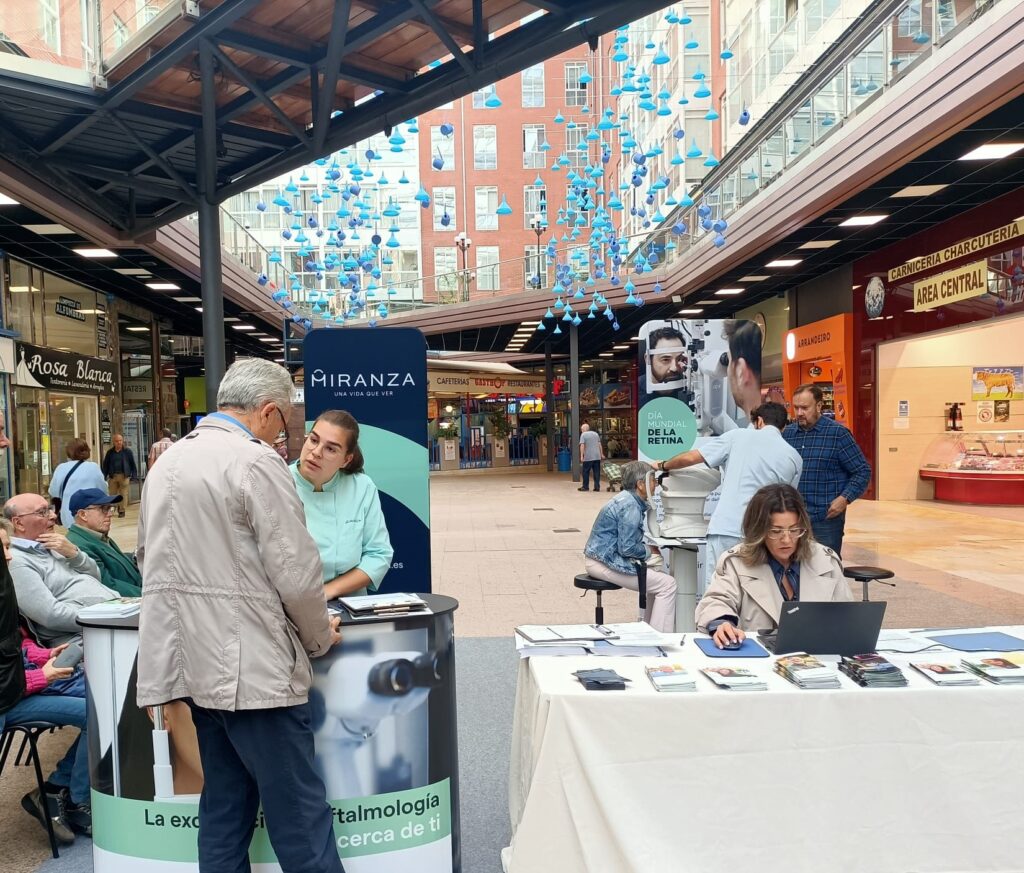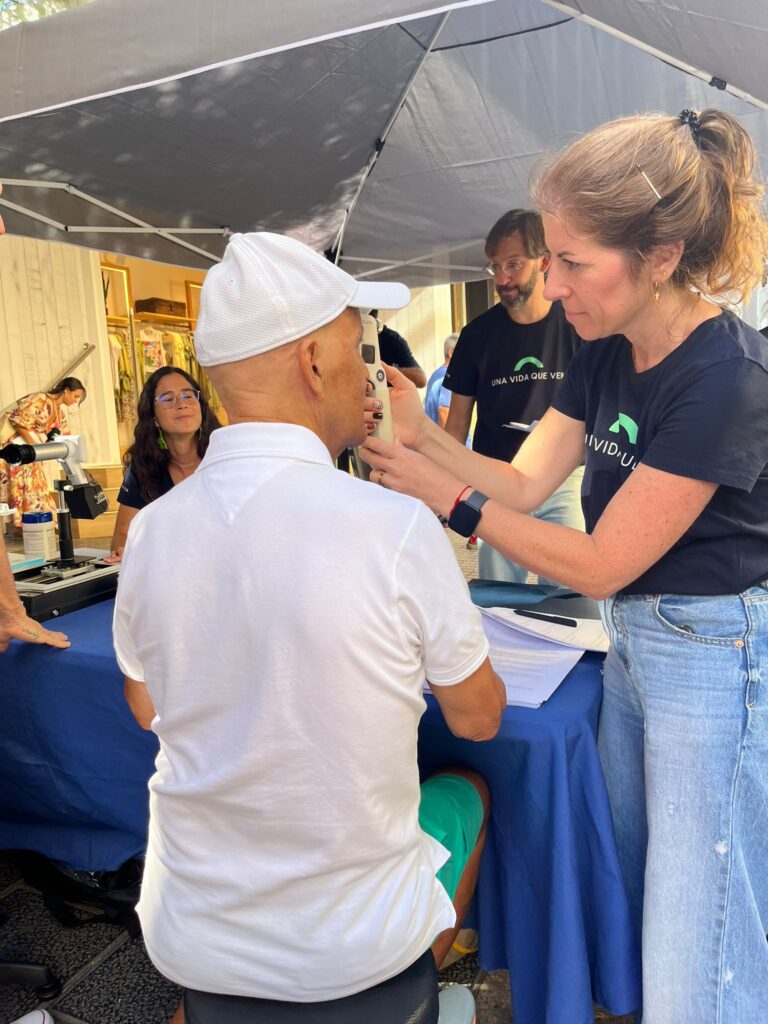
Around 20% of the people screened in the early detection campaign for retinal problems may present pathology.
18% of the 432 people examined by our specialists last week show signs of a suspected eye problem.
Specifically, 77 people could suffer from or develop retina-related conditions, mainly glaucoma (42% of patients with suspected pathology), AMD (21%), and diabetic retinopathy (6%), while half of the people with suspected pathology present other issues, such as drusen, tears, vitreous and retinal detachments, etc. Although glaucoma is not strictly a retinal condition, it has also been included in this study since it affects the optic nerve, which is the part of the retina that connects the eye to the brain. As for AMD (age-related macular degeneration) and diabetic retinopathy, they are two of the most widespread retinal diseases and among those that cause the greatest loss of vision.
Among the people who could suffer from one of these conditions, patients over the age of 60 stand out, which is not surprising since retinal disease is closely linked to age and increases as the years go by.
In addition to age, the main risk factors that significantly raise the likelihood of developing retinal diseases include:
- Ocular history (refractive errors, cataracts, eye trauma, eye treatments, eye surgeries, and family history).
- Hypertension.
- Family history.

Among the people with suspected pathology, 36% have myopia, while 22% are hypertensive and 18% have a family history of retinal disease.
Commitment to prevention
This campaign for the early detection of retinal pathologies was launched on the occasion of World Retina Day, which this year was celebrated on Sunday, September 29, coinciding with World Retinitis Pigmentosa Day. Through this initiative, early detection units from different Group clinics made free screening units available to the public, both inside and outside the centers, between September 16 and 27, in: Santiago de Compostela, Barcelona, Manresa, Las Palmas de Gran Canaria, Santa Cruz de Tenerife, Madrid, Alicante, San Sebastián, Torrelodones, and Andorra.
The check-up consisted of a fundus examination using state-of-the-art portable equipment. Based on these initial results, ophthalmologists will guide patients with suspected pathology to undergo more thorough retinal follow-up so they can be diagnosed and treated in time.
In addition to offering examinations at Miranza centers themselves, the campaign also included eye screenings in shopping centers, sports facilities, and on the streets of some cities. In this regard, our experts emphasize the importance of attending ophthalmology appointments and check-ups, which help prevent, enable early diagnosis, and allow for timely treatment of retinal conditions, also taking into account risk factors such as age or family history.